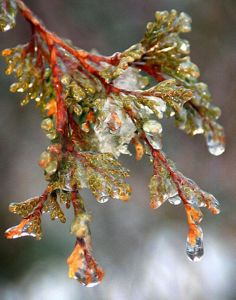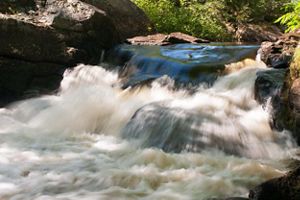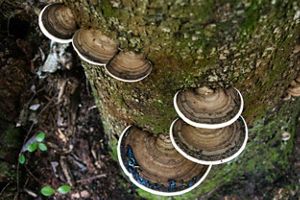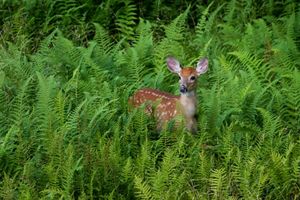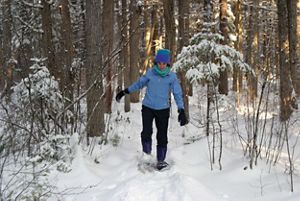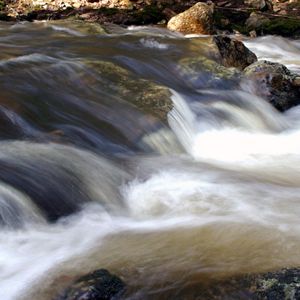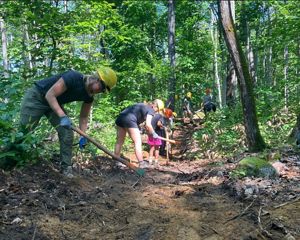Description
Step into one of New Hampshire’s most unusual landscapes at Loverens Mill Cedar Swamp Preserve. Hidden in the hills of Antrim, this rare Atlantic white cedar swamp feels like a piece of the North Woods tucked into southern New Hampshire. Situated at 1,040 feet in elevation, it's surrounded by high hills that funnel cold air down into the swamp, simulating a climate found further north and giving the swamp its boreal character. A short boardwalk leads you into this world of mossy hummocks, leaning cedars and cool, misty air—a habitat so unique it’s been here for thousands of years.
Beyond the swamp, trails wind through mixed forests and along the North Branch of the Contoocook River, where remnants of an old mill hint at the area’s rich history. In spring, wildflowers brighten the forest floor and warblers fill the canopy with song. Whether you’re drawn by the quiet beauty of the cedar swamp, the riverside views or the chance to spot moose tracks in the mud, Loverens Mill offers an experience unlike anywhere else in the state.



